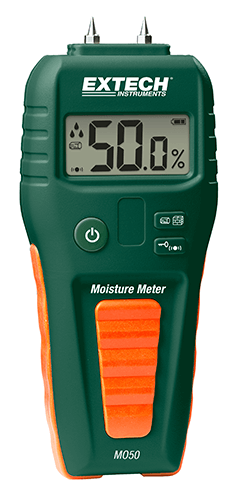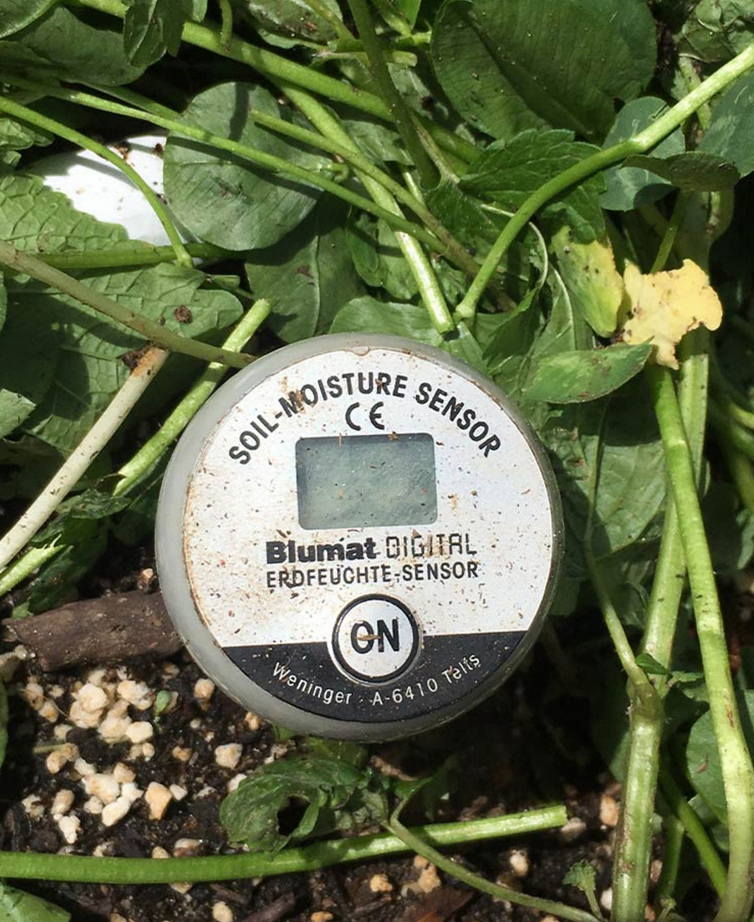How a Moisture Meter Can Improve Your Construction Projects and Protect Against Damage
The Ultimate Overview to Moisture Meters: A Comprehensive Review and Just How They Can Save You Money
In the world of structure maintenance, building, and various markets, the value of precisely determining moisture degrees can not be overstated. Dampness meters act as vital devices in finding and keeping an eye on moisture content in products, assisting in stopping costly problems and making sure the quality of items. Understanding the subtleties of different kinds of dampness meters, their applications, and the potential cost-saving advantages they supply can be a game-changer for specialists and organizations alike. Finding how these tools can not only simplify procedures however also add to financial cost savings is a trip worth starting.
Kinds Of Moisture Meters
One usual type is the pin-type wetness meter, which gauges the electric resistance between two pins placed right into a material. Pinless moisture meters, on the other hand, use electro-magnetic sensing unit plates to scan a larger area without triggering damages to the product's surface area.
Additionally, there are additionally specialty moisture meters developed for certain products like dirt, grain, or hay. These meters offer precise dampness readings tailored to the unique properties of the material being evaluated. Infrared wetness meters determine the thermal residential properties of a product to determine its dampness content non-invasively, making them helpful for applications where pin or pinless meters may not be appropriate. Comprehending the different types of wetness meters offered can help industries choose one of the most proper device for their certain dampness dimension requirements.

Advantages of Using Moisture Meters

Moreover, utilizing moisture meters can lead to increased energy performance. In agricultural settings, moisture meters play an important function in optimizing crop yields by enabling farmers to keep an eye on dirt dampness levels and make notified watering decisions.
Exactly How to Choose the Right Moisture Meter
Picking the ideal wetness meter entails taking into consideration crucial elements such as material compatibility, dimension range, and calibration precision. When picking a wetness meter, it's vital to guarantee that the meter appropriates for the certain material you will certainly be testing. Different materials have differing electrical residential properties that can affect dampness readings, so picking a meter developed for your product is important for accurate results. In addition, take into consideration the measurement variety of the wetness meter. Ensure that the meter can find moisture degrees within the array needed for your applications. Calibration precision is one more critical aspect to bear in mind (Moisture Meter). Go with a dampness meter with reliable calibration to make certain exact and consistent analyses. Some meters may call for periodic calibration adjustments, so recognizing the calibration procedure is essential. By very carefully examining these factors, you can select a dampness meter that fulfills your needs and offers exact dampness measurements for your jobs.
Appropriate Strategies for Moisture Meter Use
To make sure exact dampness analyses and optimize the performance of a moisture meter, employing appropriate strategies is essential. When using a pin-type wetness meter, place the pins or probes right into the product being examined until they make full contact. Guarantee the pins are perpendicular to the surface to get one of the most exact analysis. For pinless dampness meters, hold the gadget level versus the product and relocate it slowly to cover the whole area for an average reading. It's vital to adjust the wetness meter according to the product being checked to improve accuracy. Take multiple analyses across the surface and average them out for a more dependable result. Additionally, guarantee that the material being tested is adjusted to the environment to stop manipulated readings. Regular upkeep of the useful content dampness meter, such as cleaning up the pins or sensor, is also essential to ensure consistent and exact analyses. By adhering to these appropriate methods, users can rely upon their wetness meter to offer trustworthy dampness levels, aiding in preventing expensive damage or ensuring high quality in various applications.

Expense Financial Savings Via Moisture Meter Applications
Just how can the calculated utilization of wetness meters result in significant price savings throughout various markets? Dampness meters play an important duty in expense financial savings by avoiding possible damages and guaranteeing my latest blog post quality assurance in different markets. In the agriculture market, wetness meters help in determining the ideal time for collecting plants, avoiding excess or over-drying wetness that can impact the end product's top quality. This specific monitoring assists farmers avoid unnecessary losses and optimize their return.

Furthermore, in the food handling industry, dampness meters are essential for keeping track of product high quality and guaranteeing compliance with safety regulations. By this hyperlink accurately gauging dampness web content in foodstuff, suppliers can prevent perishing, keep quality, and minimize waste, leading to significant cost financial savings. On the whole, the strategic application of dampness meters is a useful investment that can lead to substantial price reductions and improved performance throughout different markets.
Conclusion
In verdict, wetness meters are important devices for identifying and gauging wetness levels in numerous products. By utilizing the appropriate wetness meter and following appropriate techniques, customers can successfully avoid pricey damages triggered by excess wetness. Buying a high quality moisture meter can result in considerable cost financial savings in the future by recognizing potential concerns beforehand and enabling punctual remediation. Eventually, moisture meters are essential tools for maintaining the stability and long life of products and structures.
Wetness meters offer as indispensable tools in spotting and checking moisture content in materials, helping in stopping pricey problems and ensuring the quality of products. Infrared wetness meters gauge the thermal homes of a product to establish its dampness web content non-invasively, making them valuable for applications where pin or pinless meters might not be ideal.Dampness meters supply important advantages in precisely keeping an eye on and examining wetness degrees in diverse products and atmospheres. In farming settings, moisture meters play an essential role in optimizing crop returns by making it possible for farmers to check dirt dampness degrees and make notified irrigation choices.In verdict, moisture meters are important tools for gauging and identifying wetness levels in various products.